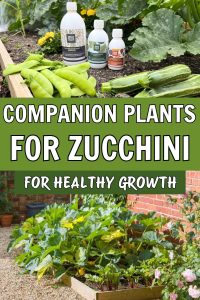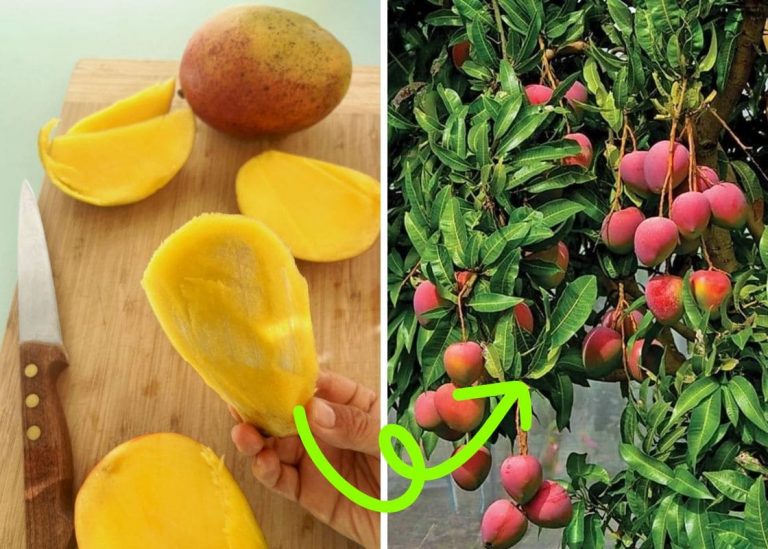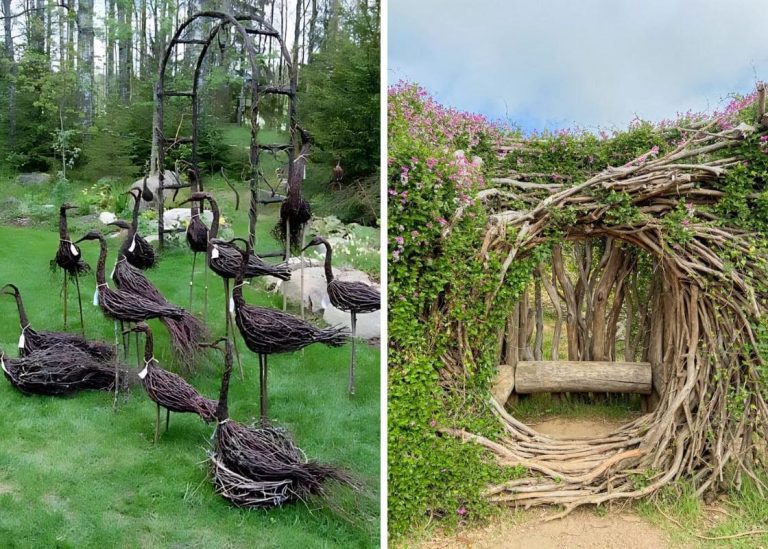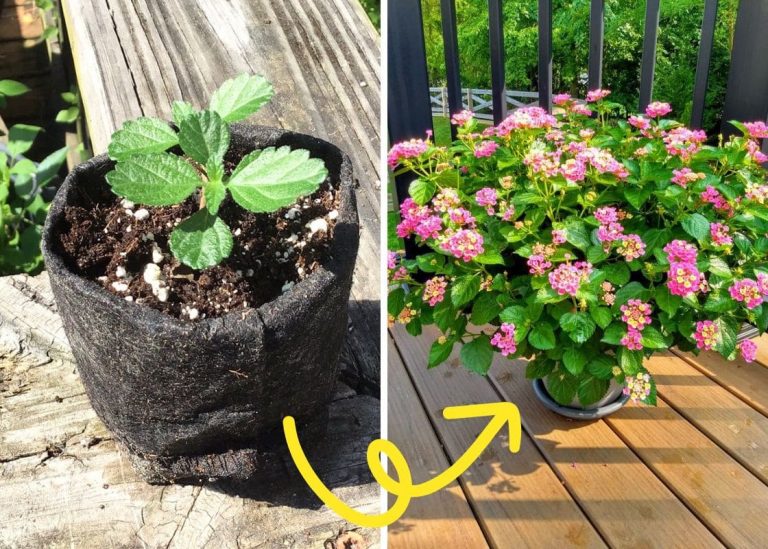20 Best Companion Plants for Zucchini for Healthy Growth
The garden beds were humming with life, yet something felt off around the zucchini patch. The leaves were broad and healthy, but the plants seemed restless, almost out of tune with the rest of the garden’s easy rhythm. It made me wonder if they needed more than sun and soil to truly flourish.
Tucking in a few companions around their base felt like giving them a circle of friends. Bright nasturtiums spilled color nearby, marigolds stood like little sentries, and clumps of oregano softened the edges. Within weeks, the change was unmistakable—more blossoms, fewer pests, a garden that pulsed with quiet, steady joy.
That season, the zucchini vines crept farther, the bees buzzed busier, and the harvest baskets grew heavier with glossy green fruits. It was a simple lesson, learned through soil and sun: every plant, even the boldest grower, thrives best when it grows among friends. Let me show you the companions that helped my garden grow stronger, healthier, and much more beautiful.
#1. Nasturtiums
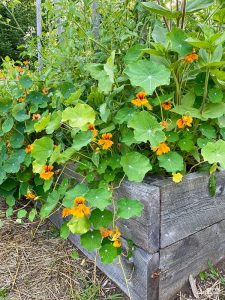
Tucked between the thick stems of my zucchini, nasturtiums burst into bright, cheerful blooms like little drops of sunshine. Their peppery scent filled the air, and it didn’t take long to notice fewer unwanted visitors hovering around my squash vines.
Nasturtiums do more than bring beauty; they work quietly as bodyguards, repelling aphids, whiteflies, and squash bugs. Their low, rambling habit weaves a protective carpet under the zucchini’s broad leaves. Plus, the joy of plucking edible blossoms for salads feels like a sweet bonus gifted straight from the soil.
#2. Marigolds

Nothing says summer quite like a drift of golden marigolds, their ruffled petals glowing in the heat. A friend once shared seedlings with me, swearing they’d be the best defense for my tender vegetables—and she was right.
Marigolds release a natural chemical that wards off nematodes, beetles, and aphids. Planted in clusters near zucchini, they act like a living shield, reducing disease and pest problems while adding a burst of color that feels like the garden is smiling back at you. Their low fuss, high reward nature makes them an essential companion year after year.
#3. Borage
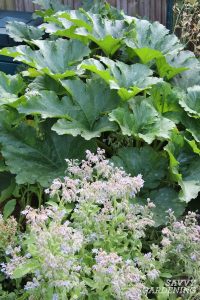
In a quiet corner of the garden where bees love to linger, borage grows with wild abandon—spiky leaves, star-shaped blue flowers, and all. It’s not a neat plant, but it holds a special kind of magic for everything nearby.
Planting borage near zucchini calls the pollinators like few others can. With bees visiting regularly, the zucchini blossoms set more fruit, leading to fuller harvests. As a side gift, borage also enriches the soil with trace minerals, nourishing the roots of every plant growing close by.
#4. Radishes
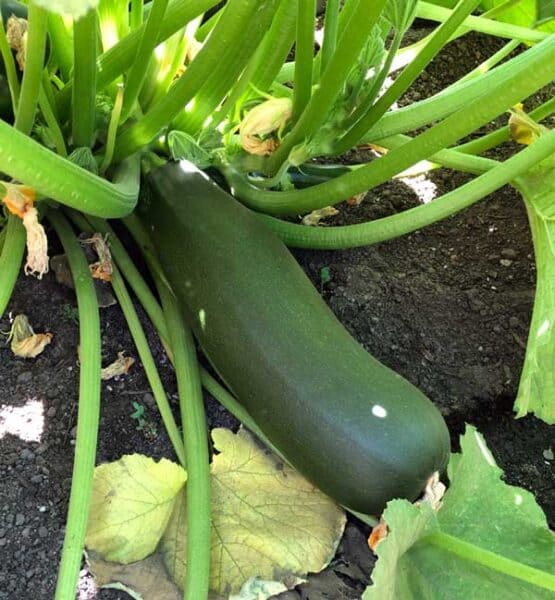
Radishes were one of the first vegetables I ever planted because they seemed to promise quick success. Little did I realize how cleverly they serve as protectors when tucked near zucchini, chasing away cucumber beetles and squash borers before they could cause harm.
Fast-growing and unbothered by heat, radishes pull double duty: drawing pests away from your tender squash plants and loosening the soil for better aeration. Plus, harvesting a handful of crisp, peppery radishes while checking on zucchini vines feels like a small, delicious reward for thoughtful planting.
#5. Beans
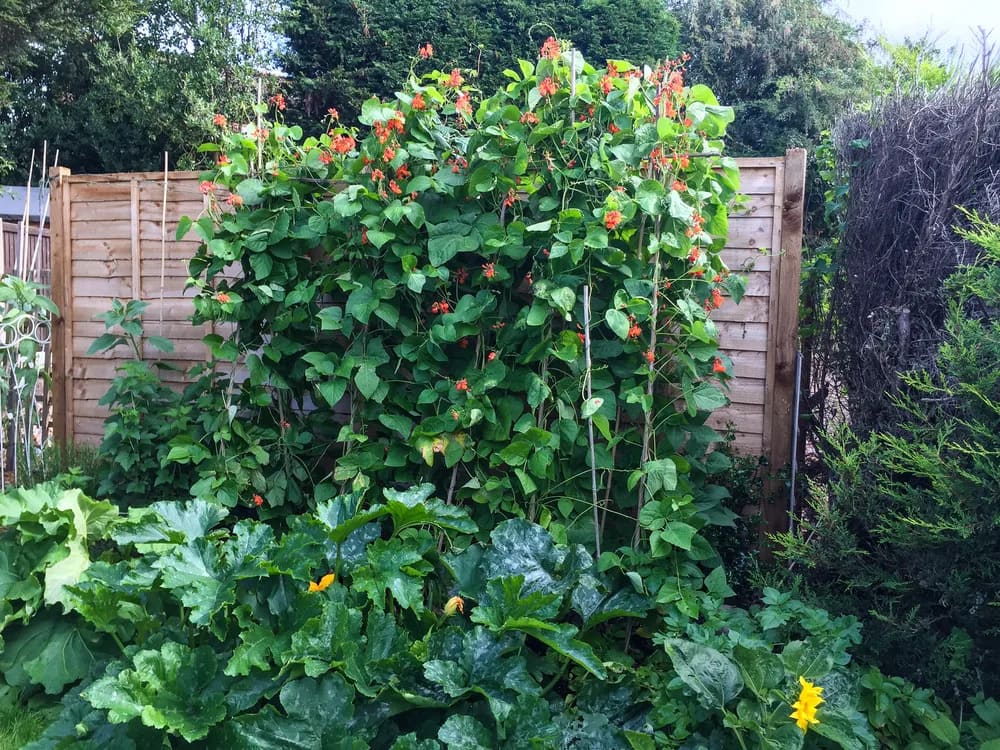
A patch of bush beans nestled near my zucchini beds turned out to be a quiet blessing. As they stretched toward the sun, they quietly worked underground magic, fixing nitrogen into the soil where my hungry squash plants could feast.
Beans bring nutrients that zucchini crave, helping the leaves stay lush and green without heavy doses of fertilizer. With a little trellis for pole beans or neat rows of bush varieties, they fit naturally into a vibrant, living tapestry where every plant lifts its neighbors toward the light.
#6. Peas
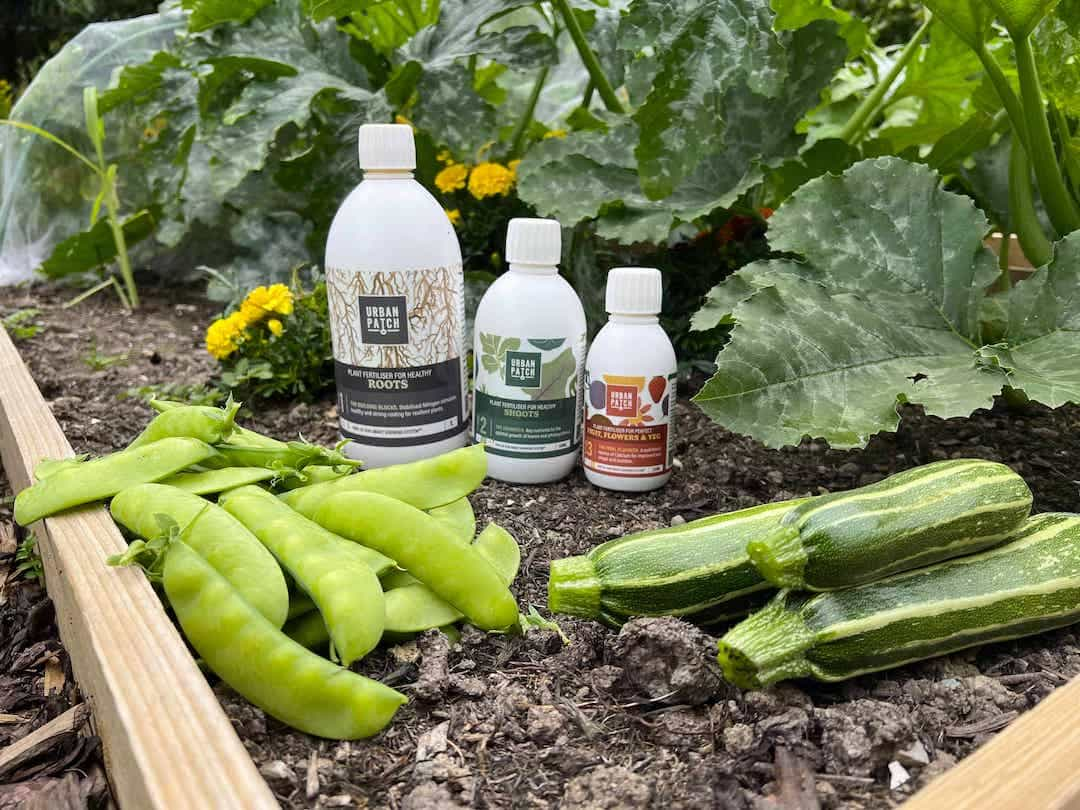
In early spring, before the zucchini even thought about waking up, my pea vines scrambled happily up their little trellises, reaching for the soft gray skies. By the time the zucchini seedlings were ready for planting, the peas had already begun to quietly enrich the soil.
Peas, like beans, fix nitrogen naturally, making the soil richer and more welcoming for heavy feeders like zucchini. Their light, leafy shade helps keep young squash seedlings cool during unexpected early heatwaves. And when the peas are done, their vines can be left to decompose, feeding the earth one more time before zucchini takes center stage.
#7. Dill
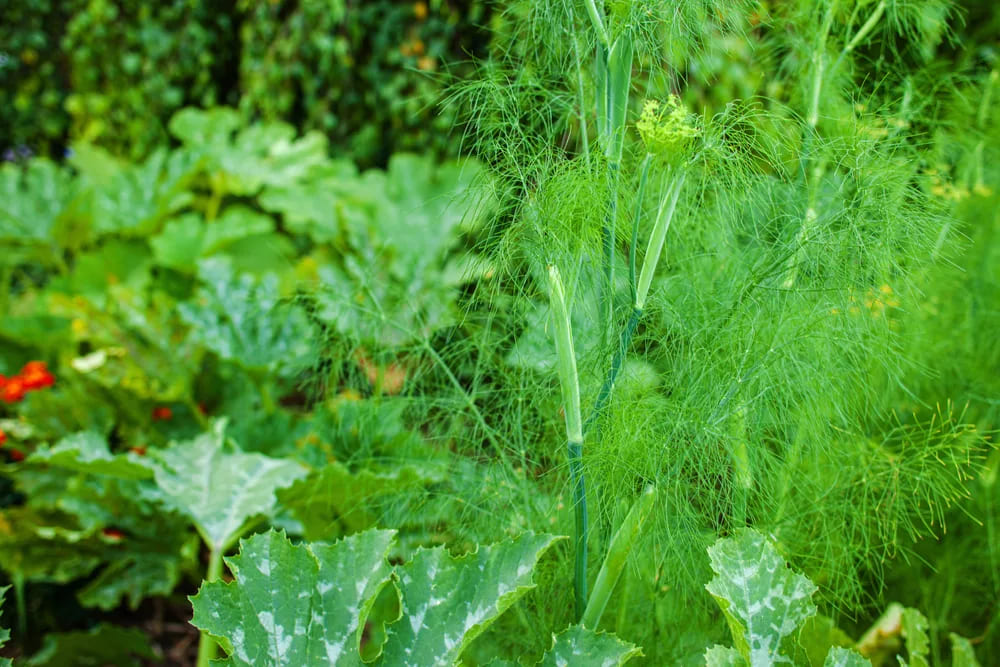
A gardener I met at a local plant swap once joked that dill was her garden’s tiny bodyguard—and after seeing it work alongside my zucchini, I believe it. Its feathery fronds don’t look intimidating, but the scent sends pests like squash bugs running.
Dill doesn’t just repel troublemakers; it also draws in the cavalry. Parasitic wasps, hoverflies, and other beneficial insects are drawn to its umbrella-like flowers, keeping pest populations low. Plus, fresh dill sprinkled over new potatoes or cucumber salad is just one more reason to welcome it into your garden family.
#8. Oregano
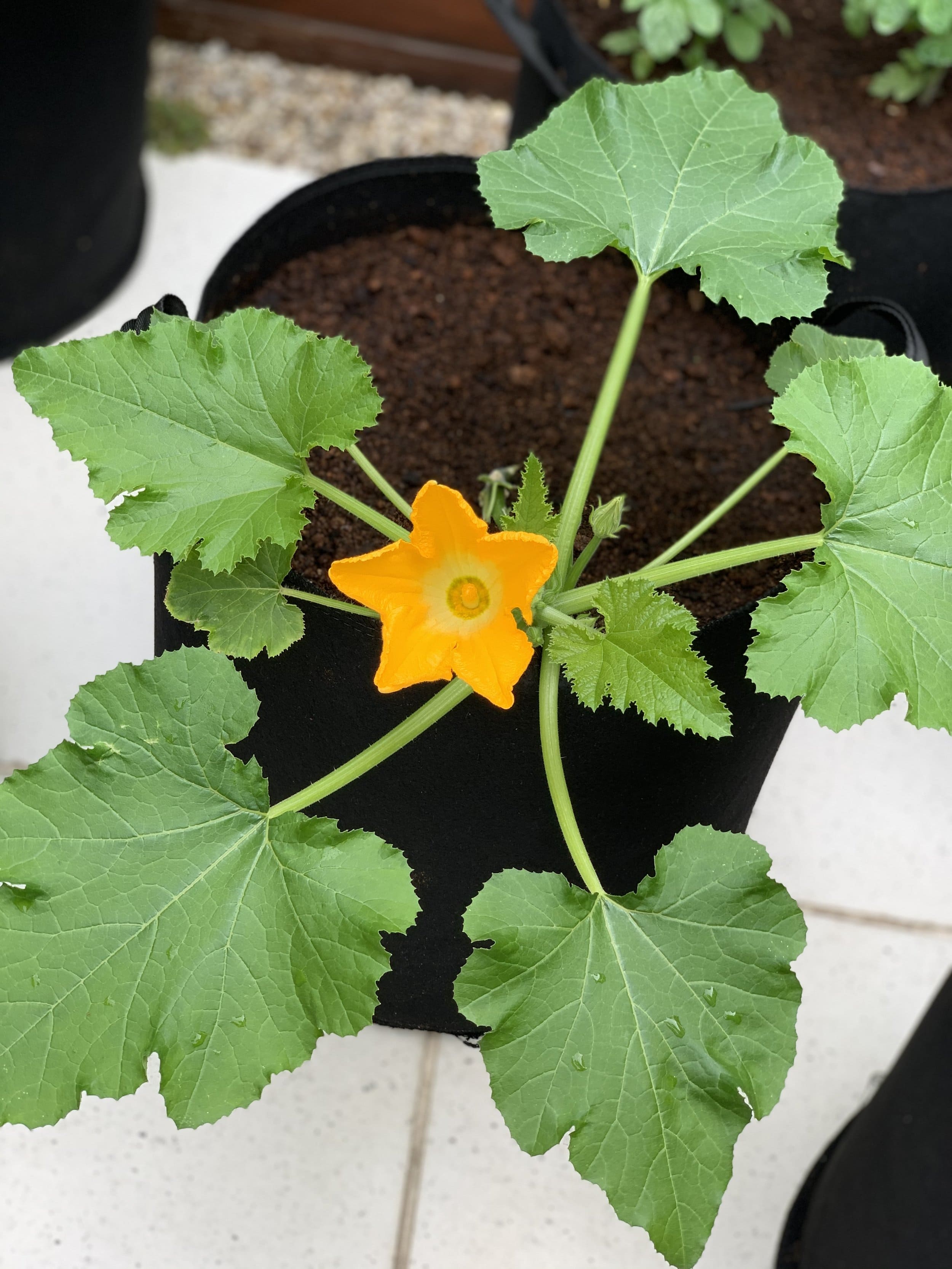
In the dry corner of my vegetable beds, where zucchini leaves brush the ground, I tucked in some oregano without expecting much. To my delight, the spicy-scented herb sprawled gently, covering the soil and standing guard like a quiet sentinel.
Oregano serves as a natural deterrent to aphids, spider mites, and cabbage moths. Acting like a living mulch, it helps lock in soil moisture, suppress weeds, and protect zucchini roots from the harsh summer heat. And when dinner calls, those flavorful leaves are just a quick snip away.
#9. Thyme
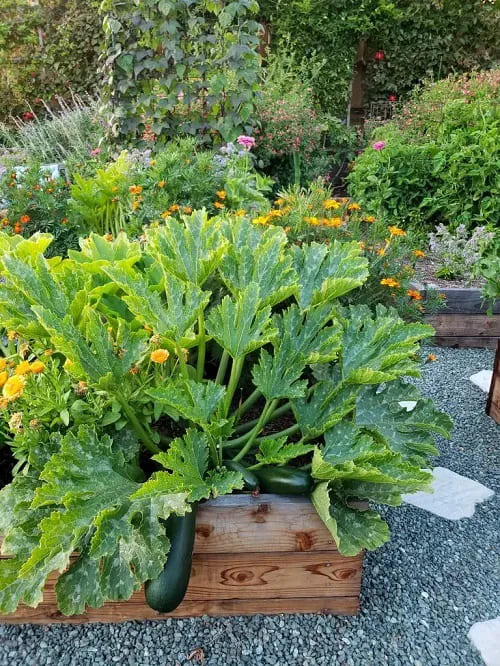
Thyme crept its way into my zucchini patch almost by accident—a leftover from a kitchen garden project that had gone a little wild. Yet once it settled among the squash, it became one of my most treasured allies.
This tiny powerhouse helps ward off whiteflies and other bothersome insects with its strong, earthy aroma. Its low, spreading habit hugs the ground, reducing soil splash that can lead to disease. And when thyme blooms in soft lavender clouds, the bees come in a slow, buzzing parade that benefits every flowering plant nearby.
#10. Basil
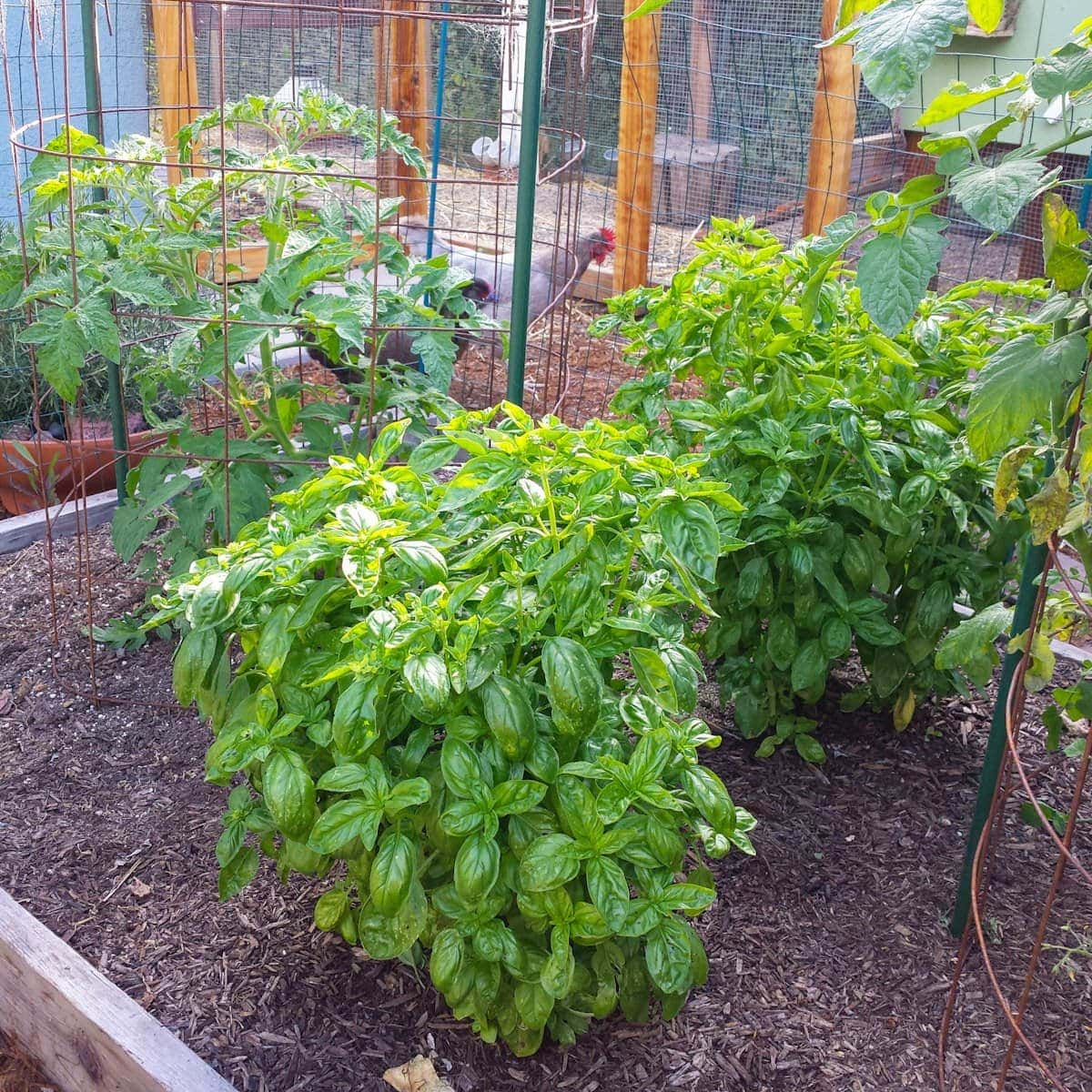
Every year, I sneak a few basil plants between my zucchini rows. There’s something irresistible about the idea of harvesting the ingredients for a summer meal—zucchini ribbons and fragrant basil—right from the same bed.
Beyond flavor, basil’s sharp, sweet scent keeps mosquitoes, aphids, and spider mites at bay. Some gardeners even believe it subtly enhances the flavor of nearby veggies. Whether or not that’s true, there’s no denying that basil and zucchini grow together as naturally as old friends sharing a sunny afternoon.
#11. Garlic
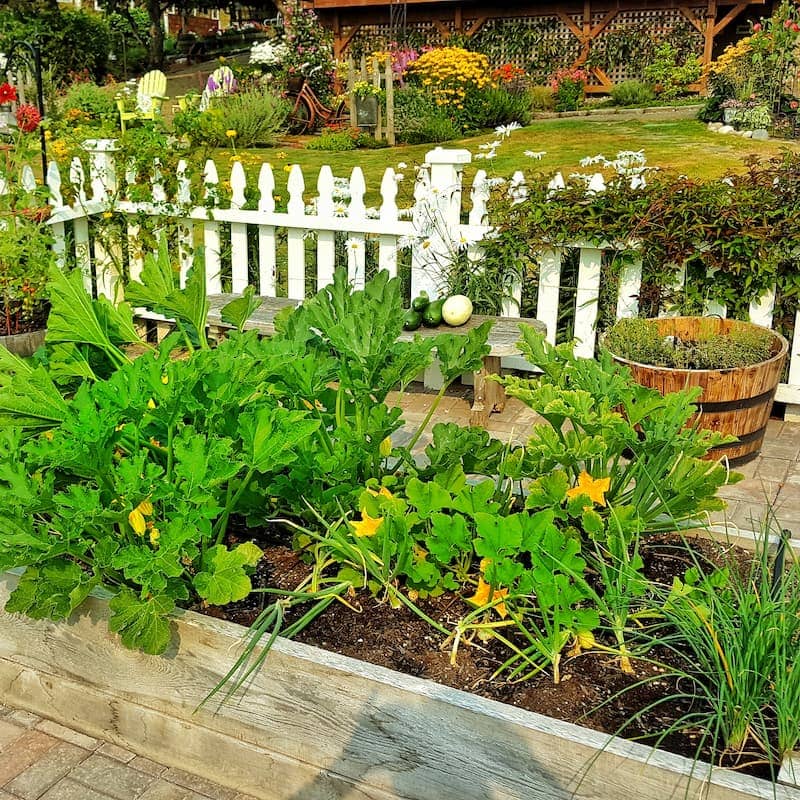
Tucked into corners and small patches near my zucchini beds, clusters of garlic grew quietly, their slender green stalks swaying in the breeze. I loved how their presence seemed to lend a sense of sturdiness and protection to everything around them.
Garlic is a natural powerhouse when it comes to pest control. Its strong scent confuses aphids, flea beetles, and even rabbits who might nibble tender young plants. Planting garlic close to zucchini creates a living barrier against common problems, all while giving you the added bonus of homegrown garlic bulbs come harvest time.
#12. Onions

Wandering through an heirloom garden festival, I saw rows of onions standing proudly like soldiers among wide-leaved zucchini plants. The gardener explained that the onions’ strong fragrance helps mask the smell of squash, tricking pests like squash vine borers.
Onions are wonderfully low-maintenance companions that slot easily between sprawling zucchini vines without competing heavily for resources. Their upright form makes them ideal for maximizing space while quietly guarding the heart of the garden.
#13. Corn
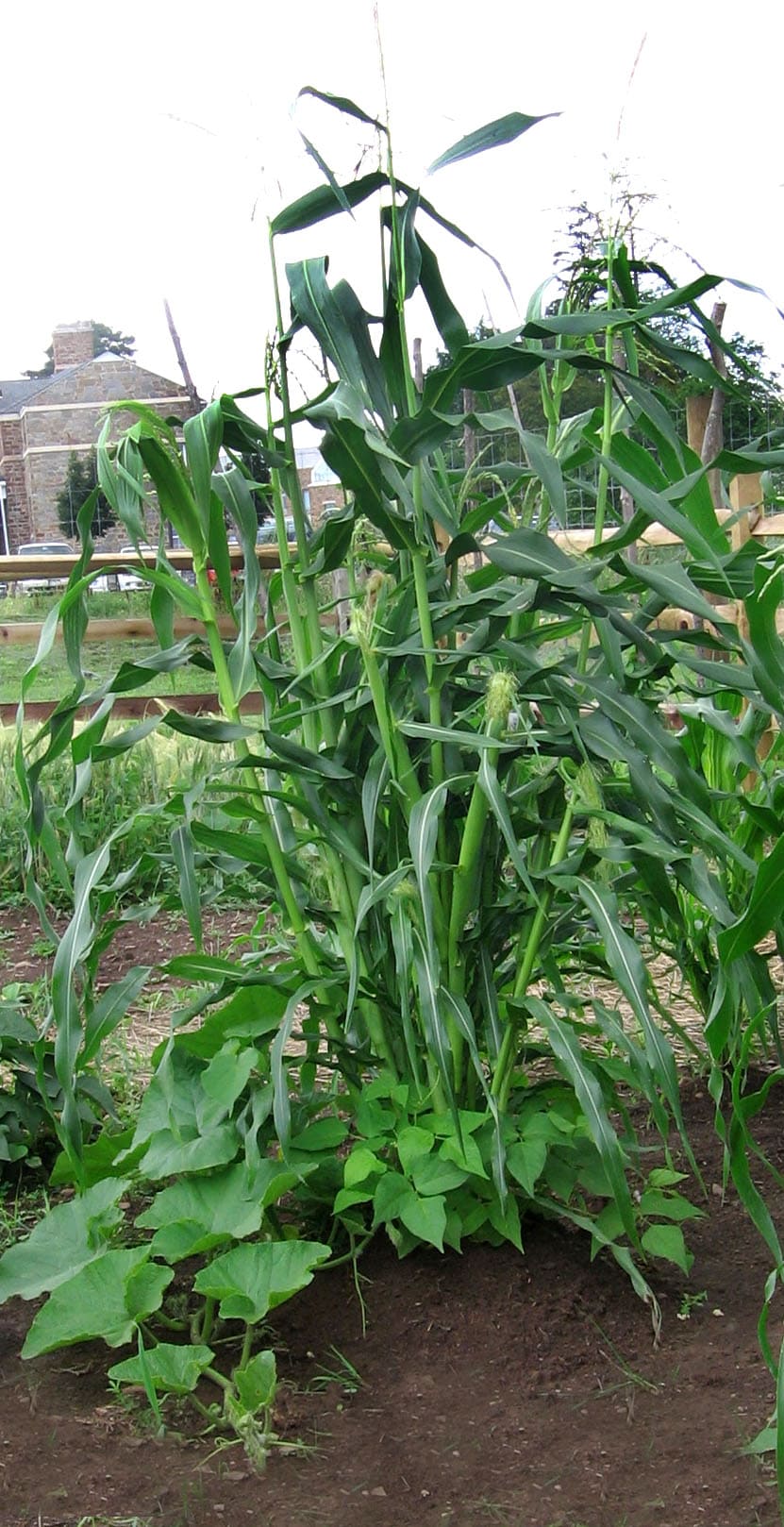
In one corner of my grandfather’s old garden, corn stalks stretched high into the sky while pumpkin vines and zucchini plants sprawled beneath them, creating a lush, layered patchwork of life. It always felt like walking into a small, secret jungle.
Corn and zucchini make natural partners. Their roots dig to different depths, minimizing competition for nutrients. The corn’s tall stalks offer welcome dappled shade during the hottest part of summer, while zucchini’s broad leaves act as a living mulch, helping to conserve moisture around the corn’s base.
#14. Sunflowers
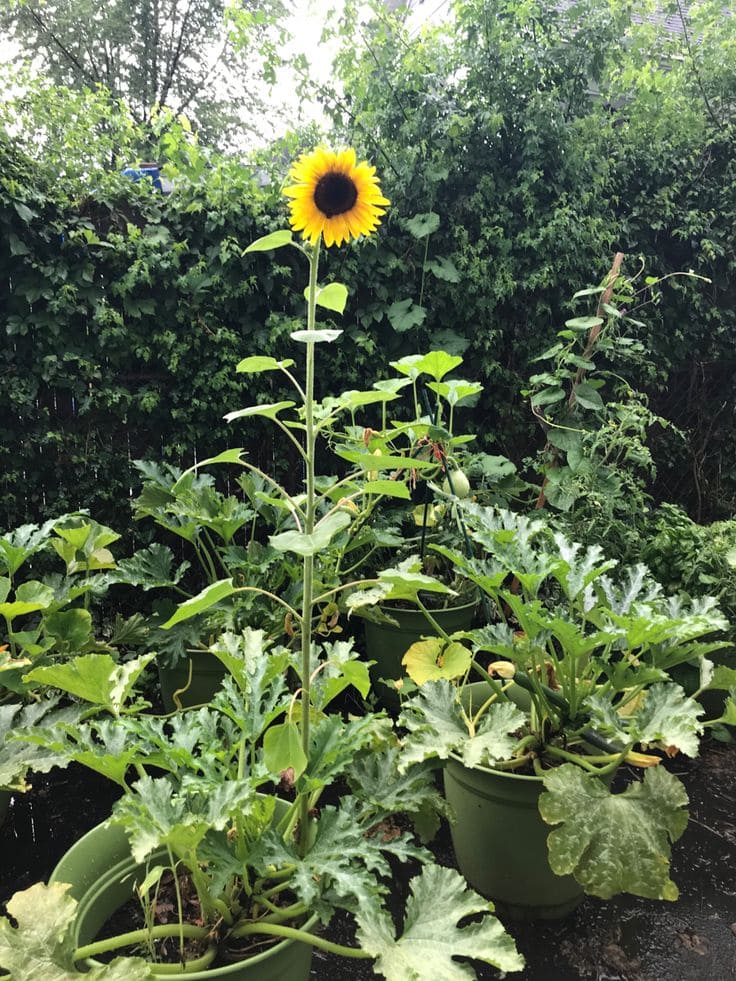
One summer, I planted a lazy line of sunflowers along the southern edge of my vegetable garden, and it quickly became the most lively, buzzing, golden wall of joy. The zucchini tucked nearby loved the company.
Sunflowers tower gracefully, attracting bees and other pollinators essential for zucchini’s heavy flowering needs. Their tall stems offer filtered shade to tender plants in the worst of the heat, but be careful with placement—too much shadow can stunt the zucchini’s growth. When balanced right, it creates a dreamy, sun-kissed garden scene.
#15. Clover

When a fellow gardener introduced me to the idea of clover as a living mulch, I was skeptical. It seemed too simple. Yet watching it spread softly around my zucchini, I realized the brilliance of it.
Clover covers the ground in a soft, dense mat, keeping weeds at bay and locking moisture into the soil. As a bonus, it fixes nitrogen naturally, feeding the soil and helping heavy feeders like zucchini thrive without demanding extra fertilizers. It’s a gentle, beautiful way to encourage lush, resilient growth.
#16. Chives
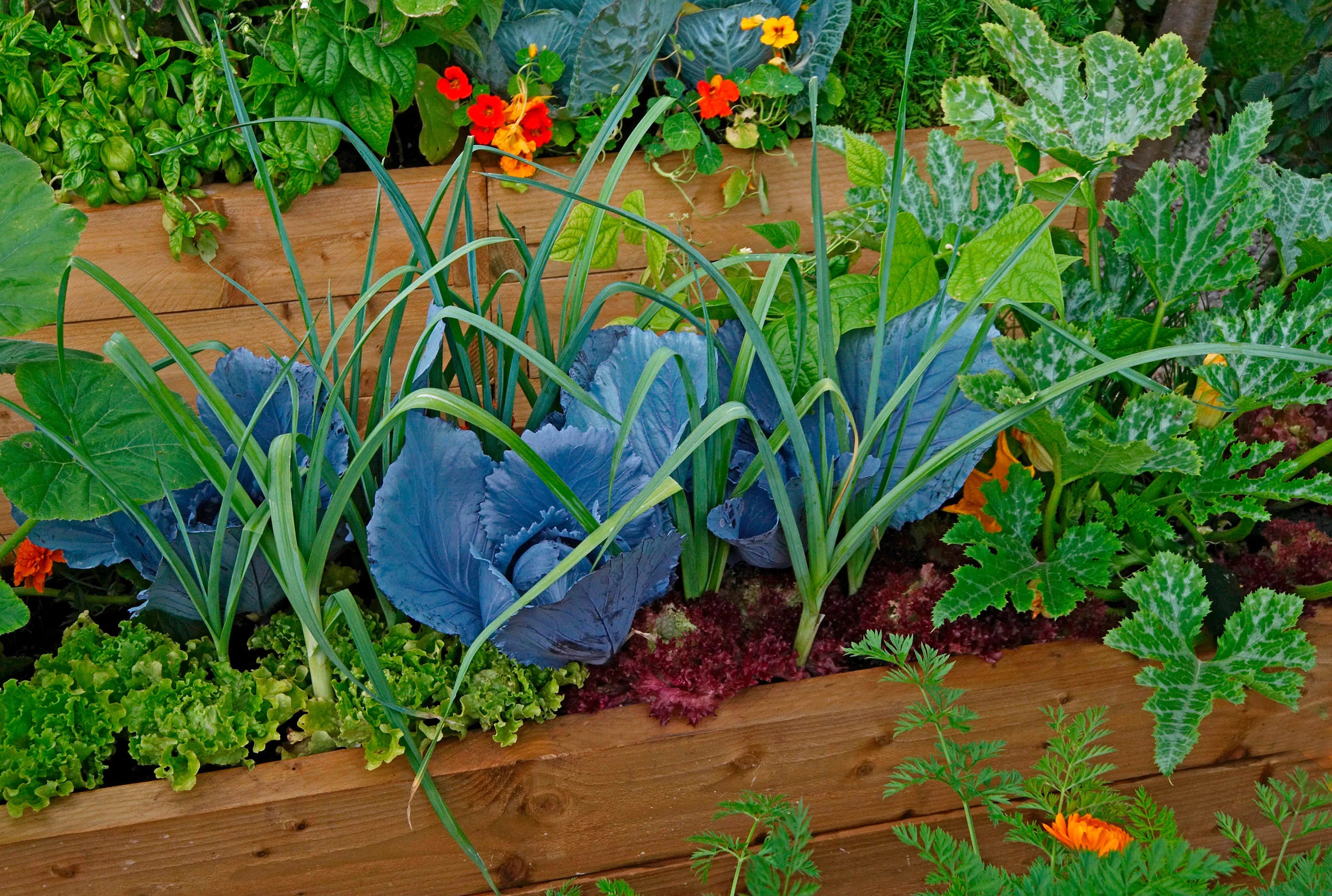
Scattered in soft clumps near my vegetable beds, chives send up their slender green spikes and sweet purple blooms like tiny bursts of fireworks. Even when everything else is struggling under the heat, chives seem to hum along happily, bringing life to the edges of my zucchini patch.
Chives help deter aphids and other small pests with their light oniony fragrance. Their flowers also attract bees and butterflies, adding extra pollination power for your zucchini. Tucking them into corners or between larger plants adds charm and practicality all in one simple move.
#17. Carrots
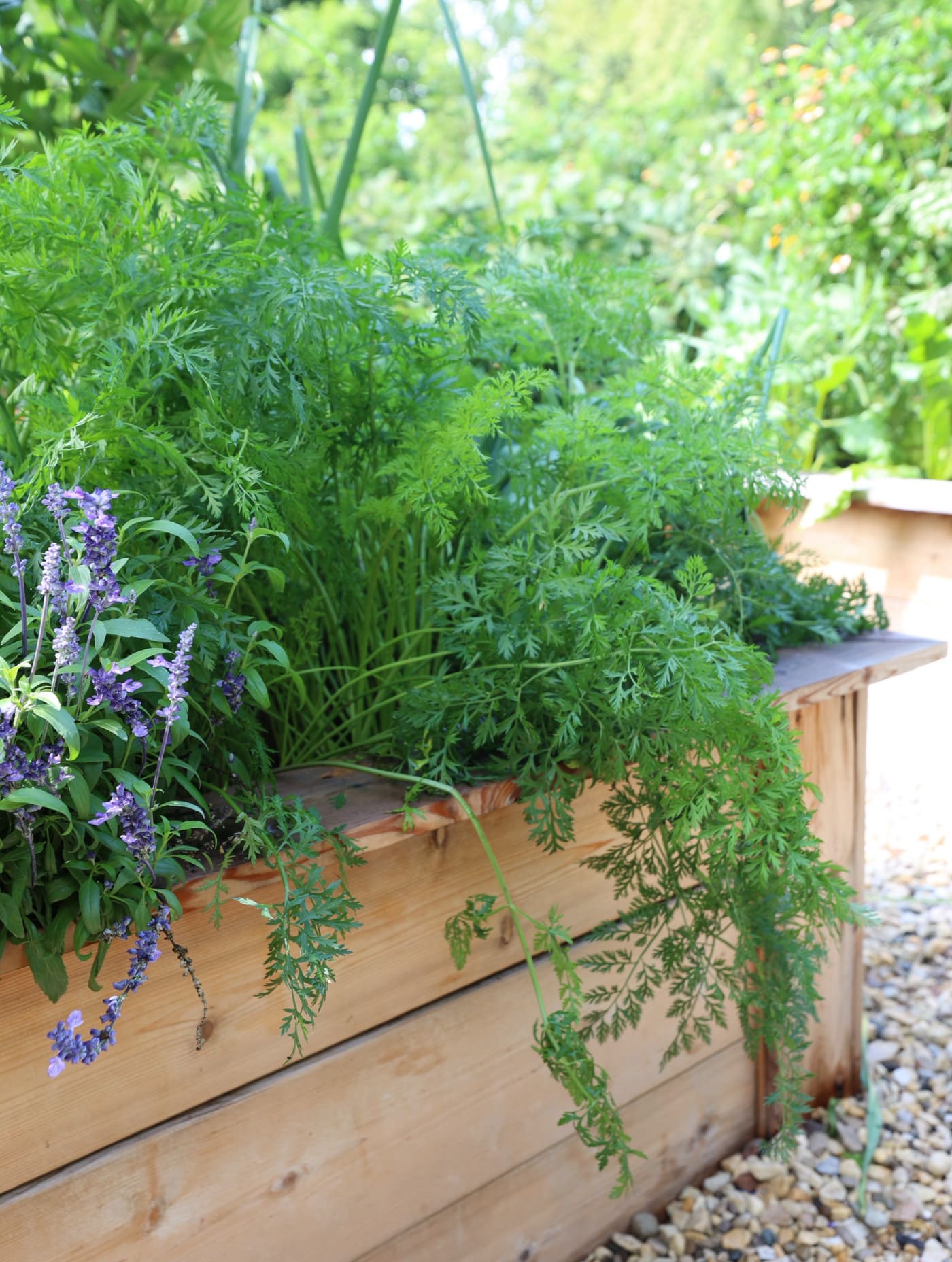
When I planted carrots and zucchini close together for the first time, it felt like an odd pairing. One grows deep and quietly underground, the other spreads wide and bold across the surface. But somehow, they became wonderful neighbors.
Carrots loosen heavy soils with their slender taproots, improving drainage and making it easier for zucchini roots to stretch deep and strong. Their ferny foliage also helps shade the soil slightly, reducing evaporation and keeping the ecosystem of the garden bed healthier overall.
#18. Beets
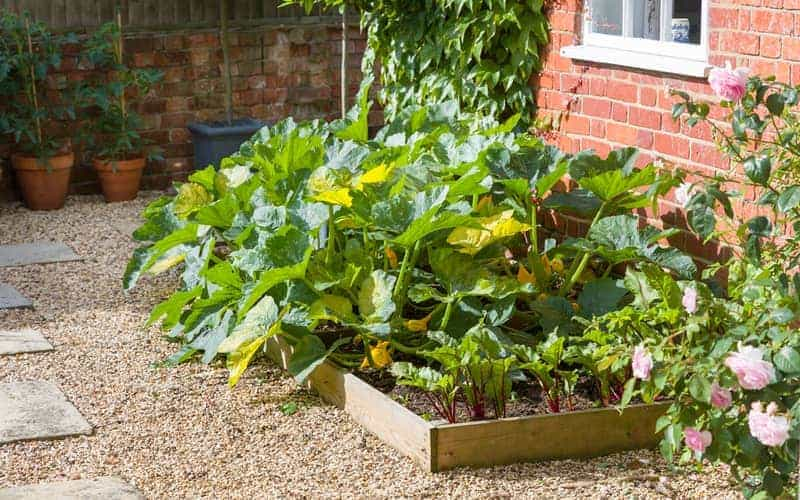
In one corner of my early garden experiments, beets grew alongside zucchini, both thriving in their own humble way. The beets stayed compact below the soil, while the zucchini sprawled above, the two sharing space without stepping on each other’s toes.
Beets are fantastic companions for zucchini because they don’t compete heavily for the same nutrients. Their large, edible leaves create a light canopy over the soil, helping retain precious moisture and offering some natural weed suppression. Plus, few things beat pulling a fresh beet from the earth with dirt still clinging to its ruby skin.
#19. Catnip
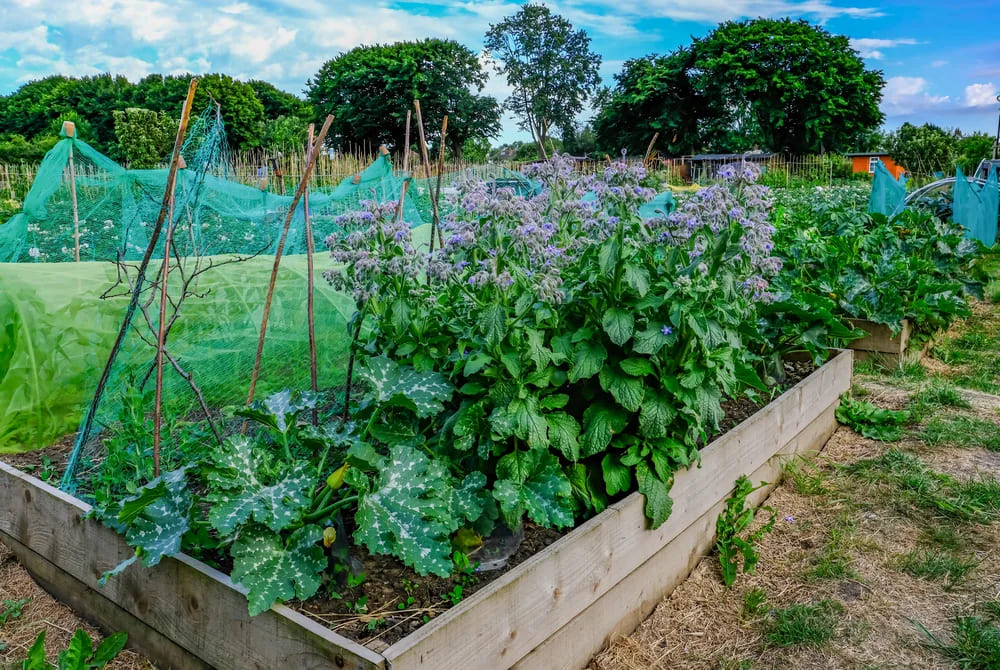
Among the garden’s quieter heroes, catnip stands proud and a little wild, its silvery leaves waving in the breeze. I once hesitated to plant it, worried about cats taking over, but a smart little fenced section changed all that.
Catnip serves as a natural pest deterrent, keeping aphids, flea beetles, and ants far from tender zucchini plants. It’s easy to grow and needs very little care once established. And if a curious neighborhood cat occasionally lounges nearby, well, it only adds a bit more life and character to the scene.
#20. Cilantro
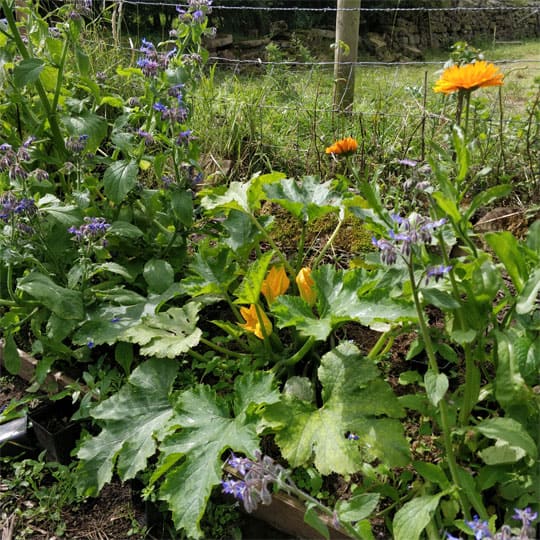
Tucked along the edges of my beds, cilantro quickly shoots up into clouds of delicate green and fragrant white blooms when the warm days arrive. I used to be annoyed by how fast it bolted—until I realized how powerful its flowers could be.
Flowering cilantro draws in armies of beneficial insects like hoverflies and parasitic wasps that feast on aphids and other pests. Planting cilantro around zucchini gives the garden a vibrant, buzzing undercurrent of life, naturally strengthening the entire system. Plus, the fresh leaves make summer meals that much more delicious.
Final Thoughts: Growing Stronger Together
Zucchini might grow fast and bold, but even the most vigorous plants thrive better with friends nearby. It reminds me that no part of the garden truly grows alone; everything leans gently into something else for support, nourishment, and life.
Over the seasons, I’ve watched how the right companions don’t just protect the garden—they weave it into a living, breathing ecosystem, rich with energy and resilience. As you map out your zucchini patch this season, I hope these companions inspire you to plant not just for beauty or harvests, but for connection.
